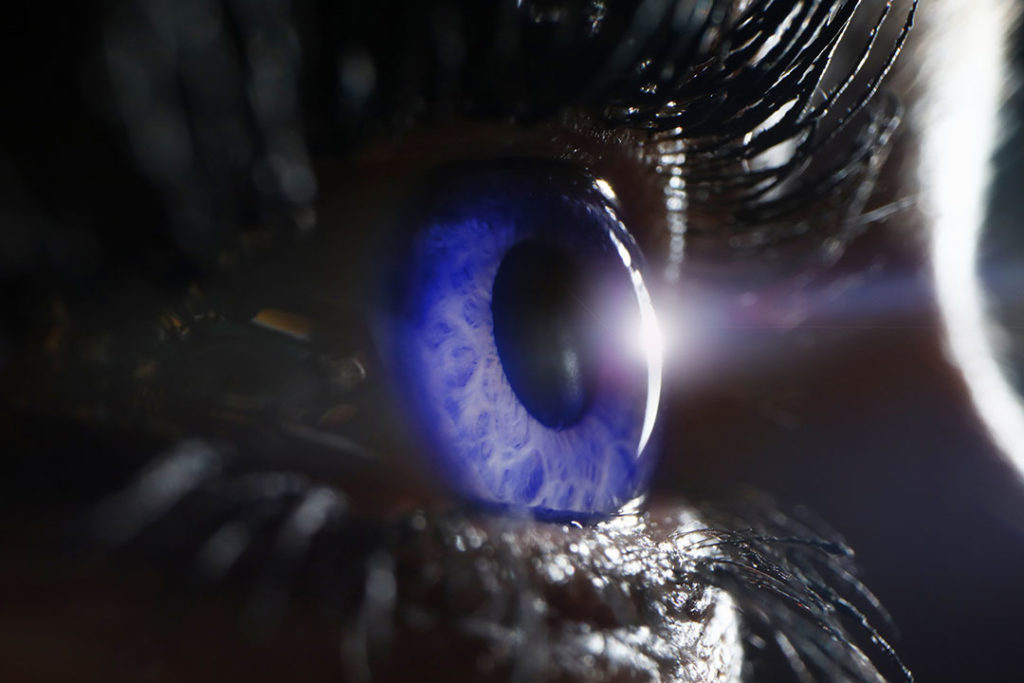Proactivity Strongly Recommended
Eye safety is defined as taking proactive steps to ensure your eyes and eyesight are protected against harmful outside elements. The target is to preserve the quality of your eyesight for life, hopefully to the levels you actually enjoy. Judging the severity of eye problems or injuries is a tough task, so your first port of call should always be your eye doctor/ophthalmologist, or other professional healthcare provider.
Beware: the following symptoms may indicate eye injury, significant even.
- Obvious eye pain or vision problem
- Cut or torn eyelid
- One eye does not move as completely or protrudes more than the other
- Abnormal pupil size or shape
- Blood in the white of the eye
- Something embedded in the eye
- Alien element under the eyelid hard to remove
Of course, although eye safety includes such important areas as Sports and Work & Home Safety, today we will focus on Computer Safety and Protection against UV, mainly with sunglasses, but not only.
Eye Safety Tips at the Computer
- Place the computer screen 20-24 inches from your eyes
- Blink frequently
- The top of your computer screen should be slightly below eye level
- Keep the distance between your computer screen documents referenced while working to a bare minimum
- Adjust lighting to minimize glare
- Remember the 20-20-20 Rule and apply it: take a break from computer work every 20 minutes and focus on an object over 20 feet away for 20 seconds.
Defining & Categorizing UV
UV stands for Ultraviolet radiation. This radiation is invisible, so the often-used term UV light is actually incorrect. Long-term exposure to the sun’s incoming UV rays is linked to serious eye problems. Among the most important are cataracts and macular degeneration (linked to UVA), as well as pinguecula, surfer’s eye, and photokeratitis or snow blindness (linked to UVB).
There are three types of UV radiation:
- UVC are the highest-energy rays. They are the most harmful to our eyes (and skin), but fortunately the ozone layer blocks practically one hundred percent of UVC rays.
- UVB radiation is only partially filtered by the ozone layer. It is the main culprit behind our suntanning capacity as it excites the production of melanin. However, in higher does it causes, of course, sunburn, possible skin cancers and a host of eye problems.
- UVA are the lowest-energy rays, but they still penetrate the cornea and reach the lens and retina inside the eye. It has, thus, a high potential for eye injury.
UV risk factors include geographic location, time of day, altitude, setting, and the intake of medication, as certain drugs increase your sensitivity to UV radiation.
Keep This in Mind when Buying Sunglasses
- Sunglasses should block out 99-100% of UVA and UVB radiation. Any other reading is a no go
- Damaging UV rays penetrate cloud cover and shade (which bounces off from other surfaces), so do wear sunglasses on cloudy days or while in the shade.
- Lenses should be perfectly color-matched and free of distortions or imperfections.
- Gray lenses are best for proper color recognition.
- Wraparounds offer the best protection due to their close-fitting feature, which avoids sunlight impact from a variety of angles.
- Remember that a wide-brimmed hats will screen up to 50% of harmful UV rays, so complement sunglasses with adequate headgear.
Indoor Lighting and Other Risks
Ideally, everyone should screen out 75 to 90% of visible light. This includes indoor light, especially if you are making use of welding, suntanning or laser lights in the house or at work. Remember to bring this up at your next eye exam as there is also a range of UV absorbing goggles, glasses, contact lenses, and other eyewear.
Sources:
www.aoa.org/healthy-eyes/caring-for-your-eyes/uv-protection
www.allaboutvision.com/sunglasses/spf.htm
www.bausch.com.au/vision-and-age/20s-and-30s-eyes/eye-safety/


